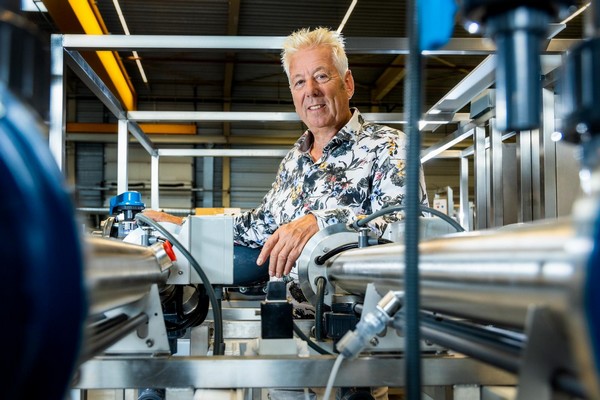Sub-Saharan Africa faces formidable food security challenges driven by climate change, political instability, and resource scarcity. The region’s agricultural sector struggles with inconsistent rainfall, degraded soil, and inadequate infrastructure, making traditional farming increasingly difficult. In this context, hydroponics—an innovative farming method that uses nutrient-rich water instead of soil—offers a potential lifeline. By exploring the experiences of farmers and researchers across Africa, we uncover how hydroponics could play a crucial role in addressing the continent’s food shortages.
- Hydroponics and Food Security: The Benefits
Hydroponics allows for controlled environment agriculture, which can significantly enhance food production efficiency. This method involves growing plants in a water-based nutrient solution, bypassing the need for soil. It offers several advantages, including water conservation, reduced land requirements, and the ability to grow crops year-round, regardless of external weather conditions. These benefits are particularly relevant in regions like Sub-Saharan Africa, where traditional agriculture faces numerous challenges.
- Insights from the Field
Adeniyi Olayanju: A Nigerian professor of sustainable agricultural mechanisation, Olayanju highlights hydroponics as a viable solution to mitigate the impacts of herder invasions. In areas where pastoralist conflicts disrupt farming, hydroponics provides a stable and secure method of food production. By reducing reliance on traditional land-based farming, hydroponics can offer a more resilient food supply in conflict-prone regions.
Ernest Larmie: A Ghanaian farmer, Larmie has adopted hydroponics to overcome the challenges posed by fluctuating weather conditions. Hydroponic systems enable him to maintain consistent crop production throughout the year, regardless of seasonal changes. This climate-smart approach not only improves food security but also increases the reliability of his income, as he is less affected by weather-related disruptions.
Modupe Olafusi: In Nigeria, Olafusi has integrated fish farming with hydroponics, using fish water as a natural compost for her crops. This method, known as aquaponics, creates a symbiotic environment where fish waste provides essential nutrients for the plants, and the plants help filter and clean the water for the fish. Olafusi’s approach highlights the potential for combining different sustainable farming techniques to optimize resource use and enhance productivity.
- Challenges and Future Prospects
While hydroponics presents a promising solution, it is not without challenges. The initial setup costs, technical expertise requirements, and ongoing maintenance can be barriers for small-scale farmers. Additionally, access to the necessary materials and technology may be limited in some areas. However, with increasing interest and investment in sustainable agriculture, these challenges are gradually being addressed.
Hydroponics holds significant promise for alleviating food security issues in Sub-Saharan Africa. By enabling year-round cultivation and efficient resource use, this method offers a viable alternative to traditional farming in a region facing severe environmental and social challenges. As the technology becomes more accessible and affordable, it could play a crucial role in enhancing food production and resilience across the continent.












